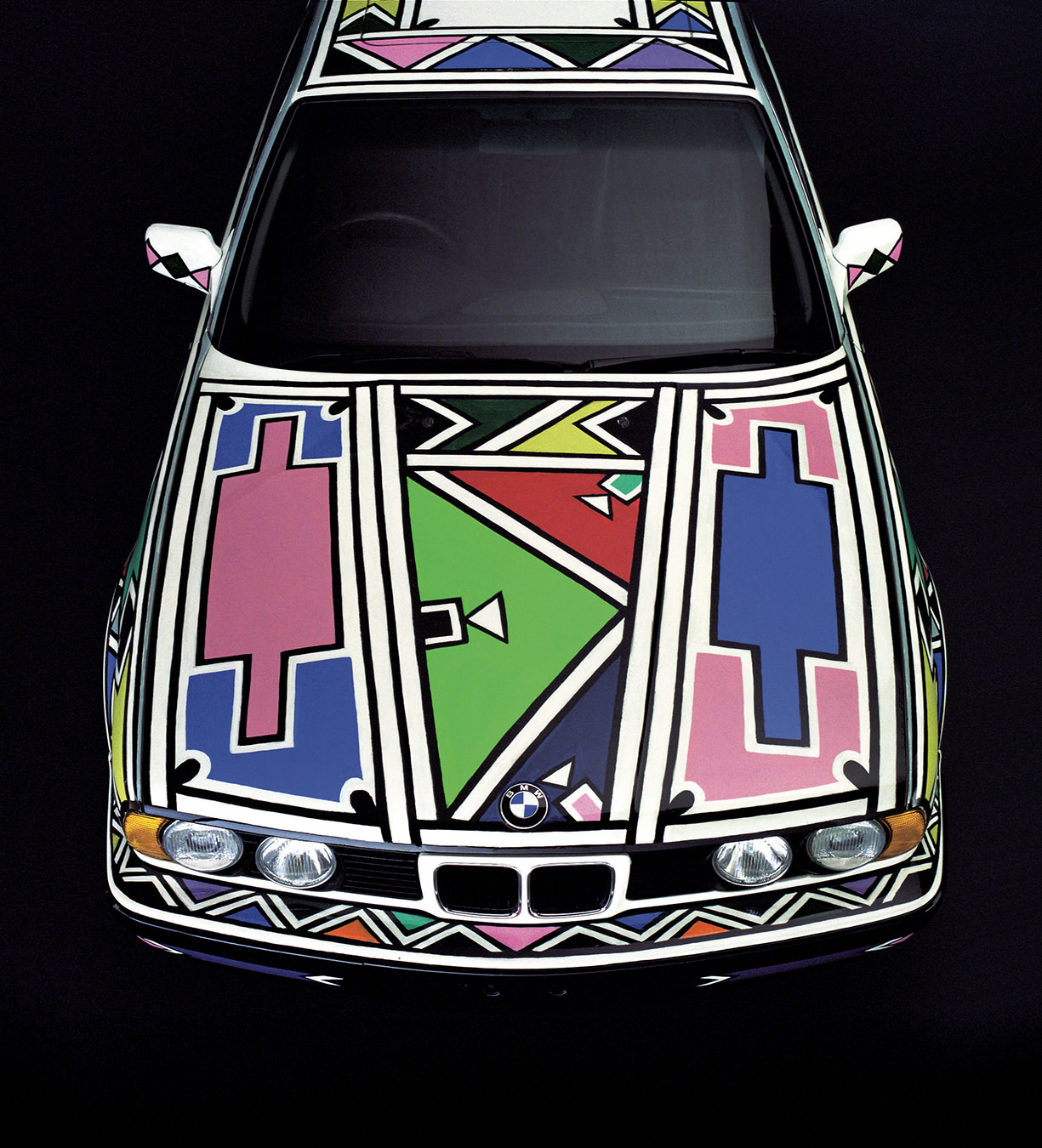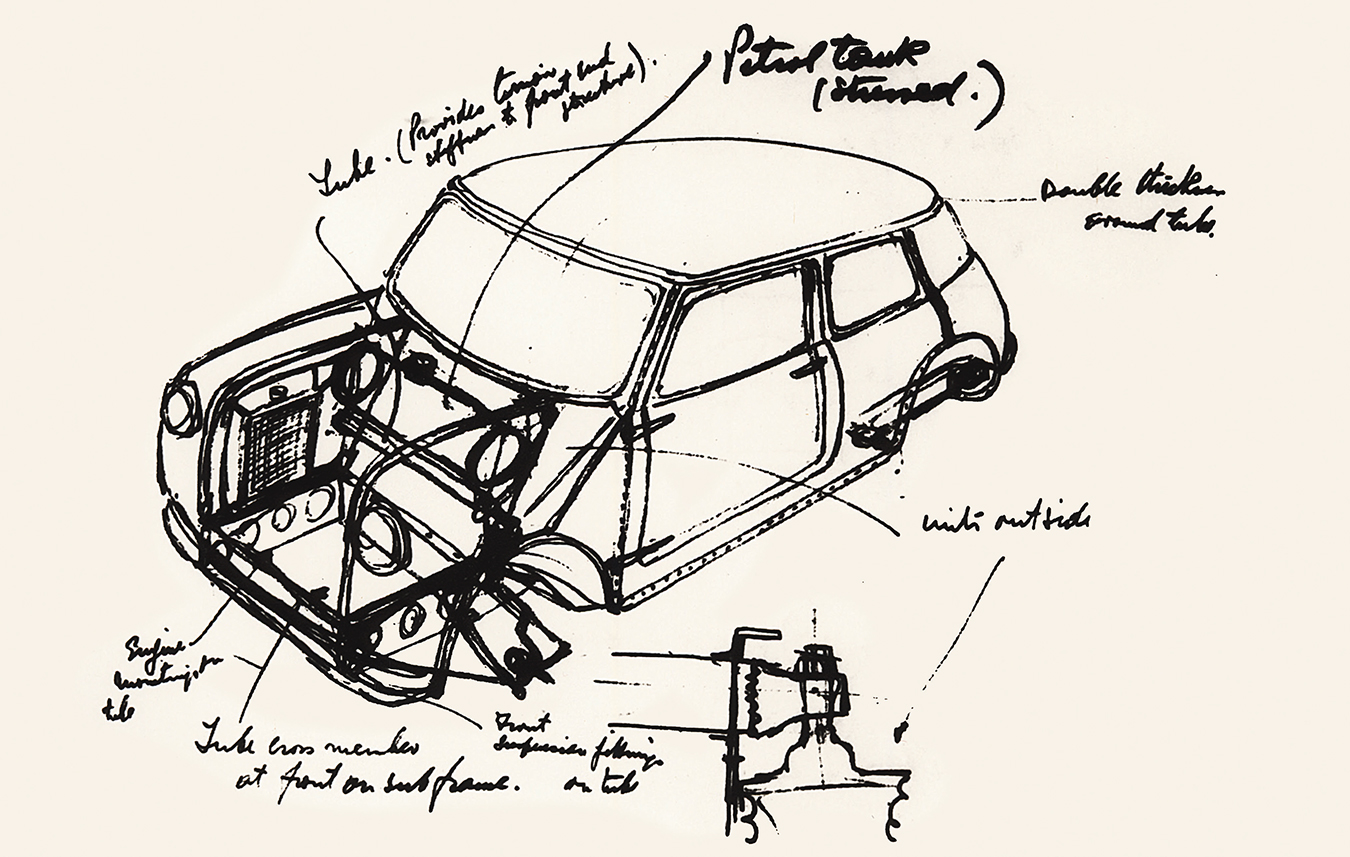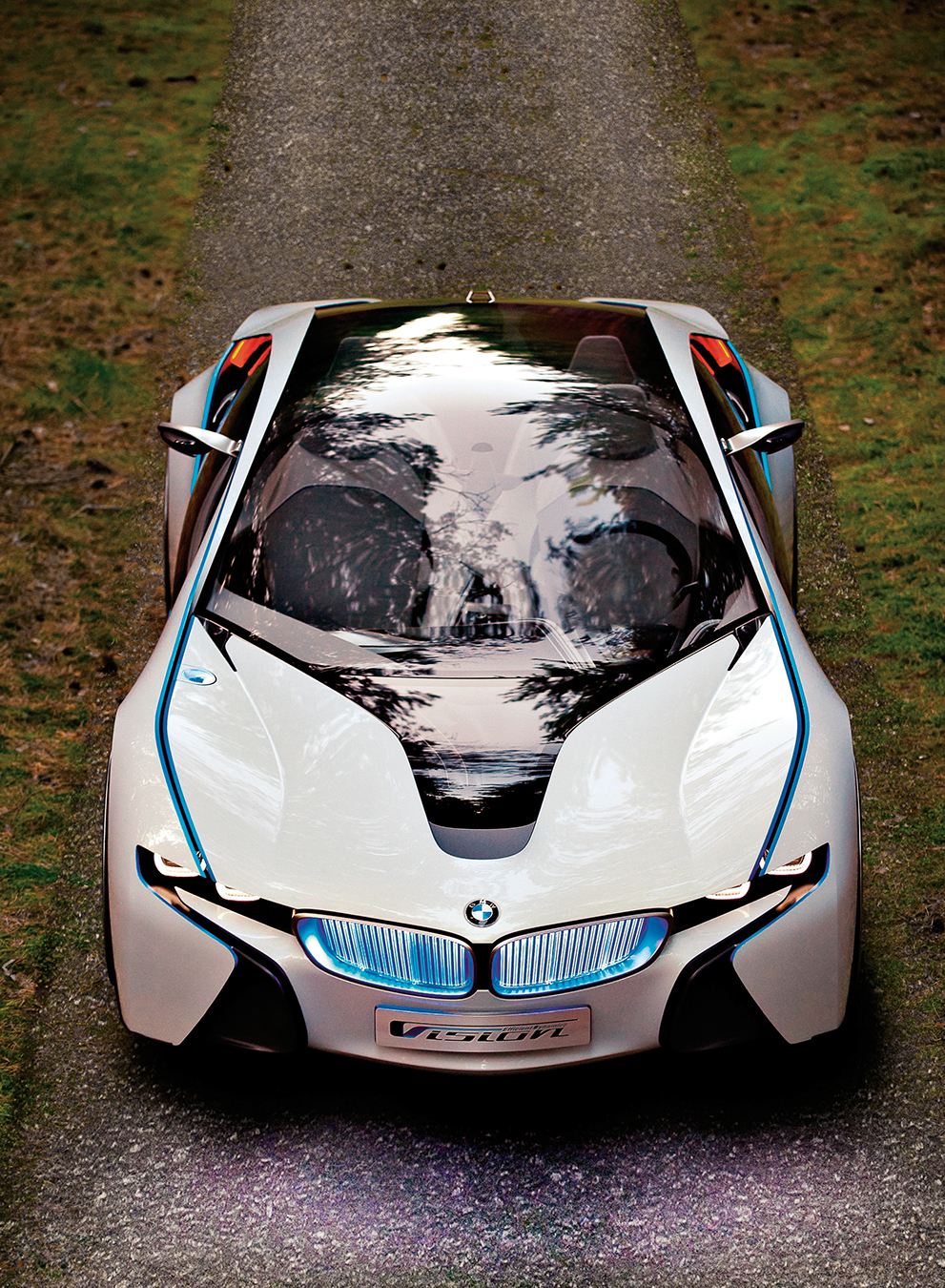-

BMW is hoping to have their fully autonomous system ready for the road by 2022.
-
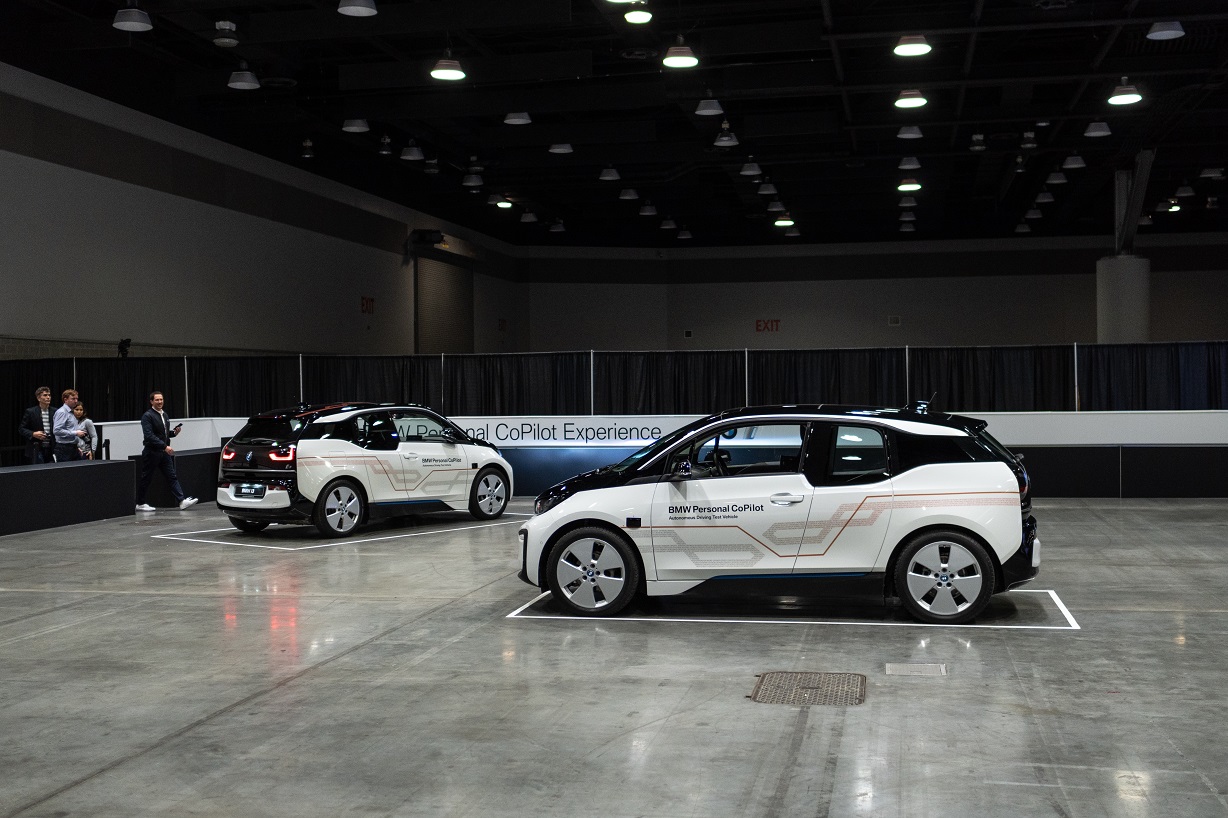
As part of BMW’s work with TED, the brand is offering a demo of their next-generation “level five” autonomous driving platform.
-
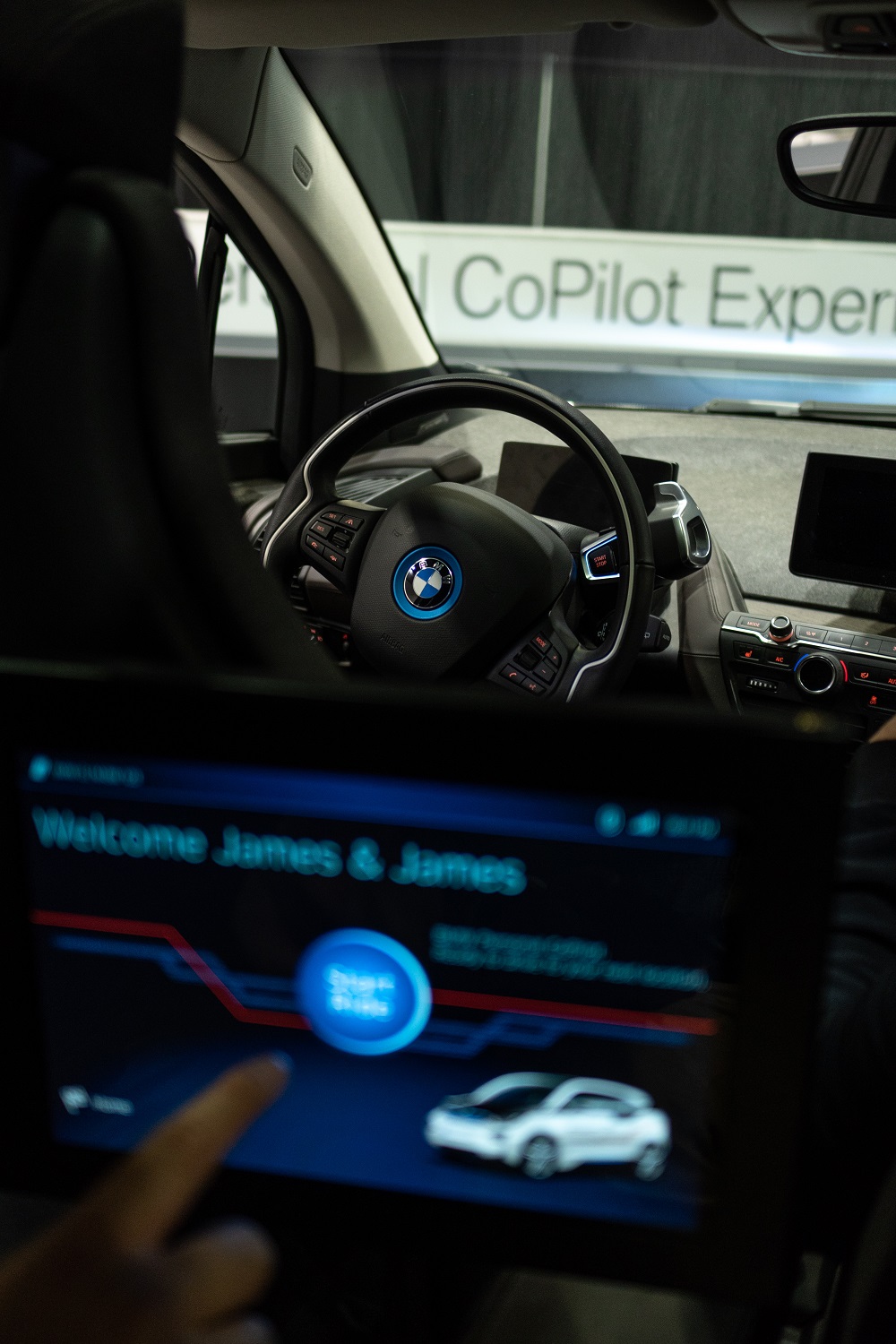
A small screen on the side of the car greets one other passenger and I (we are both named James).
-

Seated in the back, I have control of a variety of features via a large touch panel.
Testing a Driverless BMW
The BMW Personal CoPilot Experience at TED.
In the basement of the Vancouver Convention Center, I descend a long escalator, past the ballroom being used for the ongoing TED conference, and into a huge open room in which a pair of BMW i3s wait inside a makeshift arena. As part of BMW’s work with TED, the brand is offering a demo of their next-generation “level five” autonomous driving platform. That means I’m about to take a ride in an i3 that operates without a driver, and there is no point at which I will take control.
While many brands endeavor to make highway driving easier or to offer situational semi-autonomous driving, BMW is looking to develop a more holistic form of autonomy, one that seeks to mitigate the administrative elements of using a car, not just the act of driving. The dream is to make something that could drastically simplify car use, changing the way we think about parking, retrieving our car, and even loaning our car to a friend or family member. If the car does not rely on a driver, what becomes possible?
BMW is hoping to have their fully autonomous system ready for the road by 2022.
With the tap of a button on an iPhone app, one the autonomous i3s silently rolls towards me. Pulling up to the mock curb, a small screen on the side of the car greets one other passenger and I (we are both named James). Tapping the screen unlocks the car and we get in and start our trip without so much as a key or a fob in hand.
The i3 then drove a meandering path around a number of obstacles. Seated in the back, I have control of a variety of features via a large touch panel, including the ability to pause the ride (should I see a friend or want to make an impromptu stop), change the route, or even watch a movie via the vehicle’s on demand system. After a few minutes, the demonstration was over.
Technologically speaking, while the autonomous i3 demo was remarkable, it feels almost casual given the number of times we have been promised such convenience over the past years. In actuality, the systems that help a car operate without a driver are well understood at this point, and the main struggle of current-gen autonomous platforms is in dealing with the existence of a driver. The technology is relatively sound until you add in a wildcard like you or me. With true driverless systems like that being demoed by BMW (or currently being road tested by Volvo), the car will operate without direct input from the driver.
BMW, among others, imagines a world where cars park themselves, come get you on demand, and can be shared with friends via an app
BMW, among others, imagines a world where cars park themselves, come get you on demand, and can be shared with friends via an app. During the presentation, they suggest a scenario in which parking lots could be designed for driverless cars, allowing malls or other high occupancy venues to operate on a much smaller footprint. Your car could drop you off at the curb, and come get you when you’re finished, all via an app.
While I will never dream of a world where I can’t get in a car and go for a drive, technology like this could easily change cities, ride sharing, cabs, parking, and all sorts of casual day-to-day driving tasks. Fewer cars parked on city streets, the end of parking tickets, sending your car to charge while you’re at work, or even sending your car to pick up a friend across town—the possibilities are endless.
Some of these possibilities will take a very long time to become a reality, but driverless cars are well on their way to being part of our modern lives and BMW is hoping to have their fully autonomous system ready for the road by 2022.
_________
Never miss a story. Sign up for NUVO’s weekly newsletter, here.


